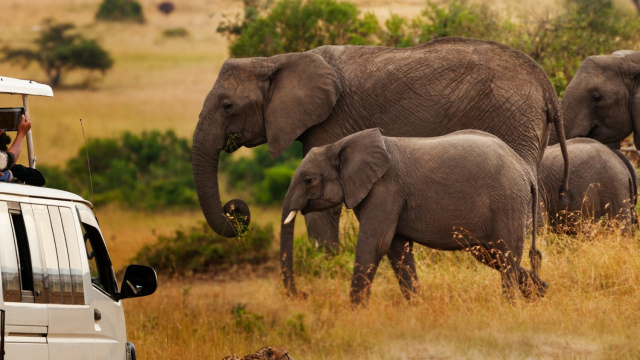Kenya-Tanzania

Maasai Mara National Reserve
Located in the heart of the Great Rift Valley, this vast wildlife sanctuary is a paradise for nature enthusiasts and adventurers. The reserve is celebrated for its incredible population of big cats, elephants, giraffes, and the famed annual migration of zebras, Thomson’s gazelles, and wildebeests to and from the Serengeti, known as the Great Migration, which occurs from July to October.
The reserve is closely linked with the Maasai people, East Africa’s Nilotic ethnic group who originally inhabited the area. Named after the Maasai, the term "Mara" means "spotted" in the Maasai language, aptly describing the area’s landscape of trees, scrub, savanna, and cloud shadows.
The sanctuary is divided into sections or "blocks," with Sekenani (Sekenani Main) Block being the most visited for its high concentration of wildlife and easy access. Other sections, such as the Mara Triangle, Musiara, and Mara North Conservancy, each offer unique wildlife encounters.
Beyond its iconic mammals, the reserve is a bird-watcher's dream, with over 470 bird species, including nearly 60 raptors. The area is home to vultures, marabou storks, secretary birds, hornbills, crowned cranes, ostriches, long-crested eagles, African pygmy-falcons, and the colorful lilac-breasted roller, Kenya’s national bird.
Visitors can enjoy a range of activities, from thrilling game drives to serene hot air balloon rides for aerial views of the park. Cultural visits to Maasai villages offer an authentic glimpse into the lives and traditions of the Maasai people.
Conservation efforts are a central focus of the reserve, which is part of the broader Mara-Serengeti ecosystem spanning about 25,000 square kilometers. Management initiatives include anti-poaching efforts, habitat restoration, and community outreach, all aimed at preserving this extraordinary ecosystem and its diverse inhabitants for generations to come.




